How to grow Bacopa
Also known as sutera or chaenostoma, we’ve decided to stick with the most widely used ‘bacopa’ for this plant of many names. Native to South Africa, there are several species of bacopa, including annuals, soft-stemmed evergreen perennials, and evergreen shrubs. At Hayloft we currently stock only Bacopa cordata, which is a short-lived evergreen perennial, usually treated as an annual in our chilly UK climate. It is grown for its trailing stems of heart-shaped foliage and abundance of flowers from summer through to autumn.
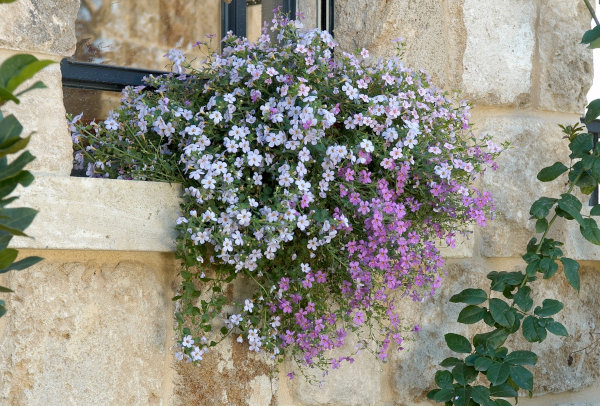
Key Information
Position
Soil Conditions
Hardiness

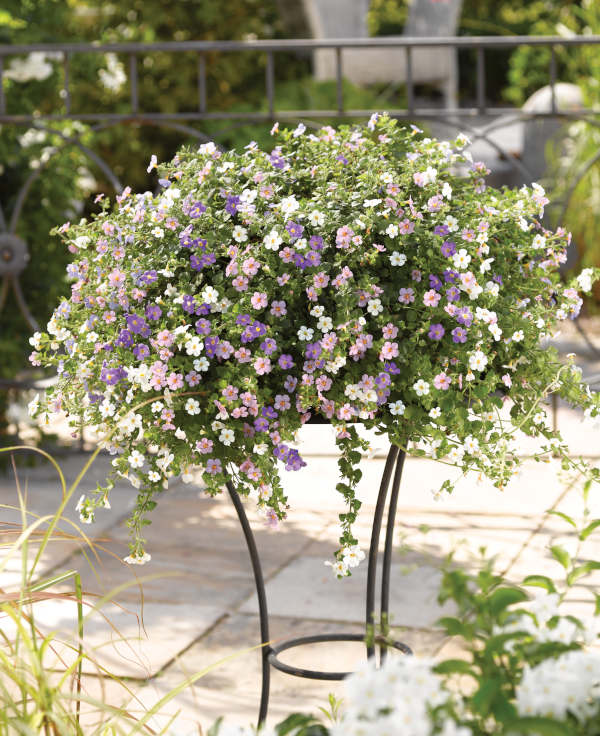
Where & when to plant Bacopa
For best results plant bacopa out in mid to late spring once all risk of frost has passed.
Bacopa is a popular choice for hanging baskets or trailing over the edge of a mixed container where it makes an excellent ‘spiller’ plant for the ‘thriller, filler, spiller’ maxim. It can also be an effective ground-covering bedding plant for the front of a border or used to cascade over the top of a wall.
How to plant Bacopa
In a container
- Choose an appropriate container ensuring there are plenty of drainage holes in the bottom.
- It can be a good idea to fill and plant large containers in situ to save yourself the trouble of moving once full.
- Use a good quality potting compost with plenty of horticultural grit mixed in, and, if not already present in the compost (check the description on the bag) some slow-release fertiliser granules.
- Start by partially filling the pot with compost; enough so that when placed on it the upper surface of the root ball is about 3cm lower than the top of the pot.
- Infill all the space surrounding the root ball with compost, firming down with your fingers then adding a little more so the plant is held tight.
- Pick up the pot (if you can!) and lightly tap on the ground a few times to help further settle the compost around the plant.
- Soak well with water.
- A mulch with horticultural grit will look attractive and help to prevent a ‘cap’ or crust forming on the top of the compost (something container plants can suffer due to the artificial nature of their watering).
In the ground
- Clear the chosen area of weeds.
- Dig a planting hole several times larger than the root ball. Now is the time to boost drainage if necessary, by adding plenty of sharp sand or horticultural grit. A generous amount of organic matter will also encourage healthy growth.
- Place the plant in the hole, ensuring the top of the root ball sits level with the surface of the soil. Too low and the plant may rot, too high and the roots can dry out.
- Backfill with soil and firm in gently.
- Soak well with water.
- Mulch with well-rotted organic matter.
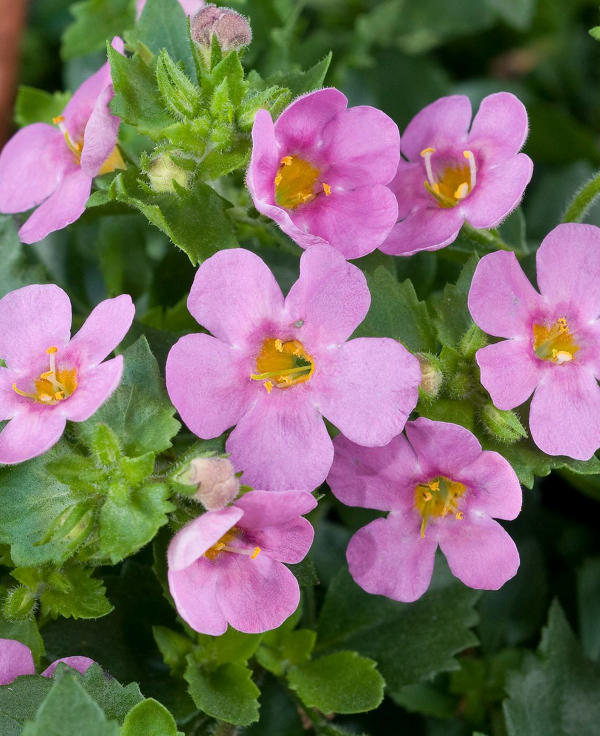
What to plant with Bacopa
This tumbling plant is at its best used as a ‘spiller’ plant as part of the ‘thriller, filler, spiller’ technique for planting up containers. The ‘thriller’ tends to be something upright and showy; think jacobinia, canna, agastache, or erysimum. The ‘filler’ is often something floriferous and compact which will nestle around the base. For this we love diascia, nemesia, or begonia. The ‘spiller’, yes, you guessed it, spills over the edge. Options for this include bacopa, aubrieta, saponaria, and lysimachia. Your perfect container display awaits!

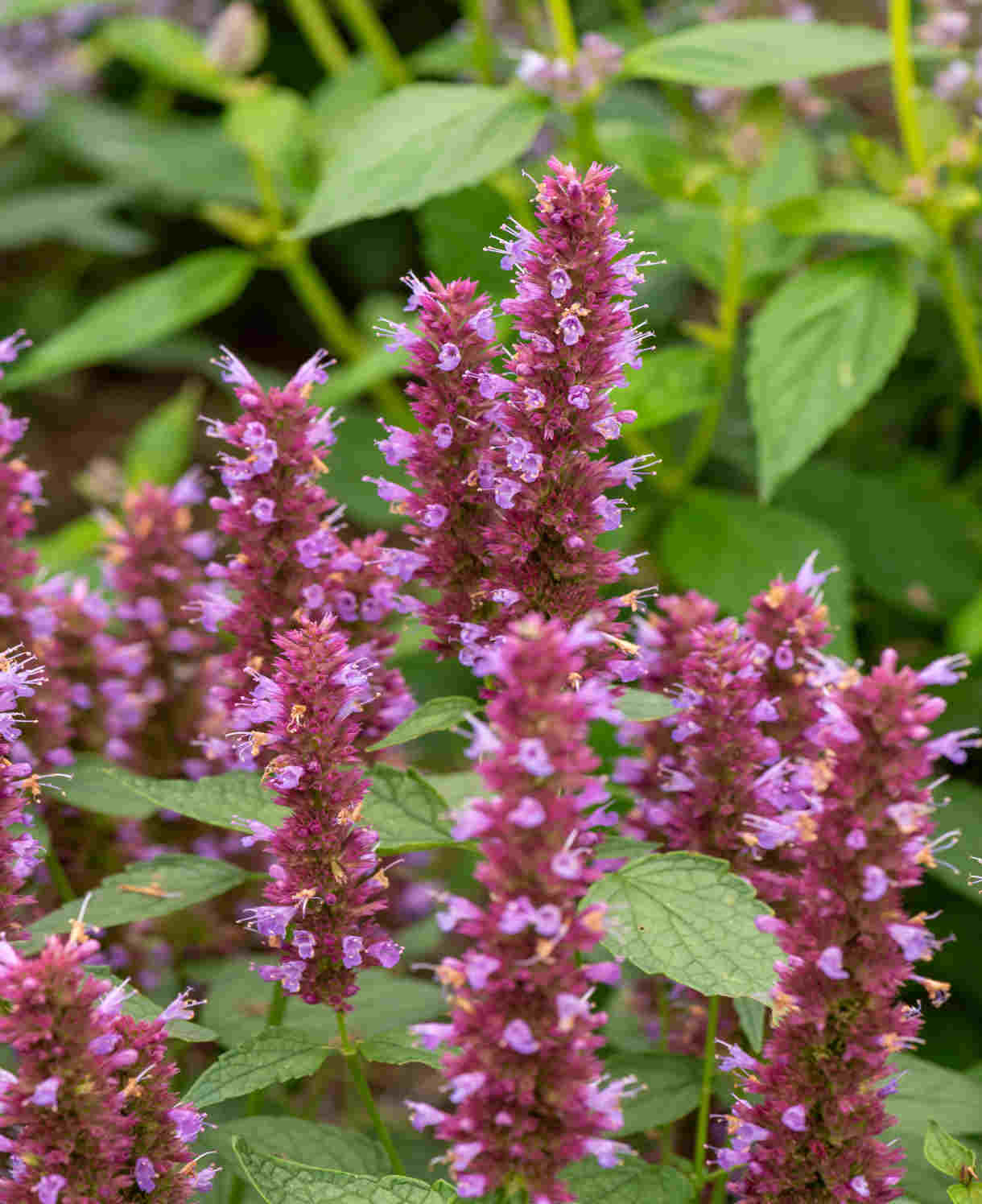
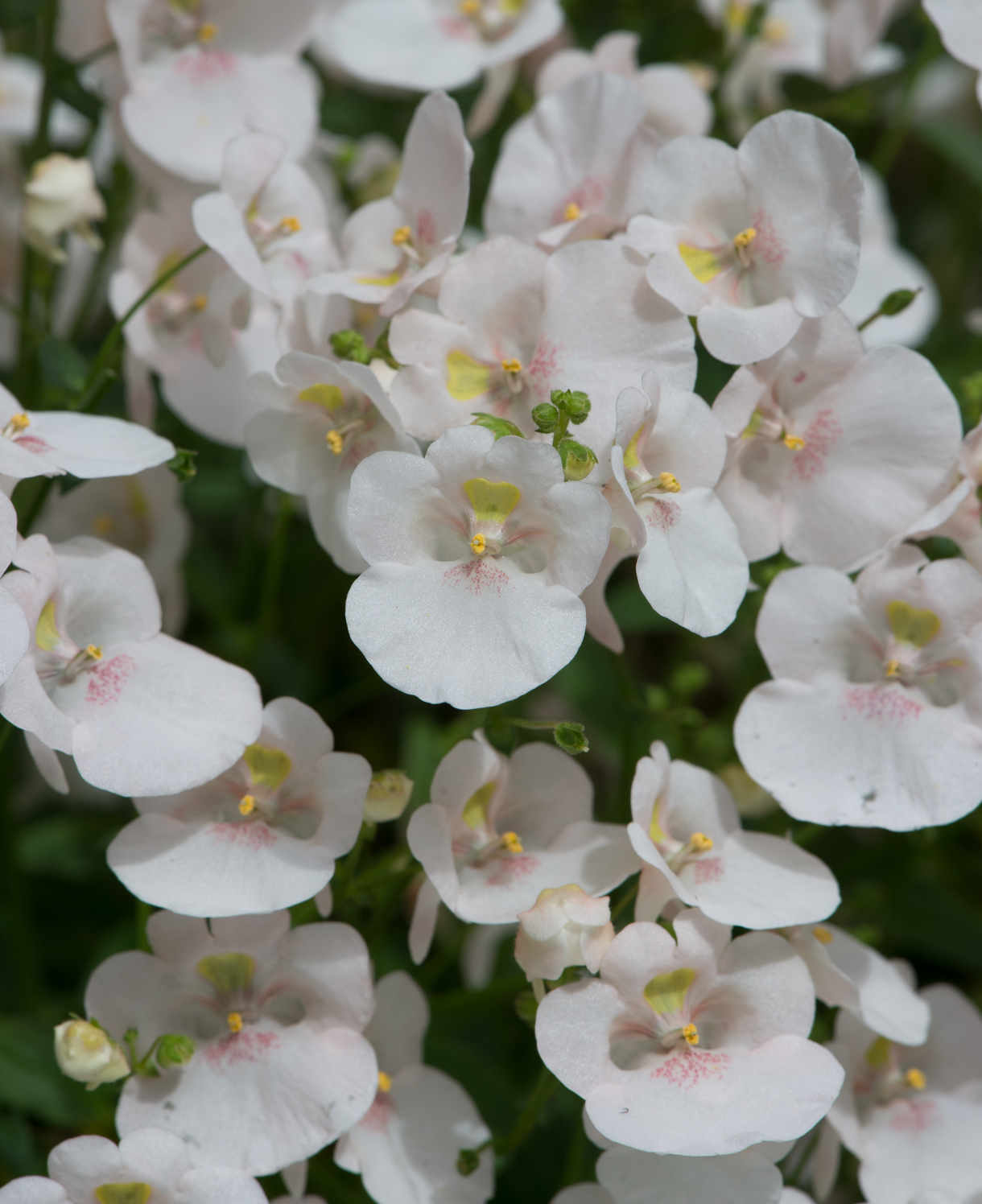
How to care for Bacopa
Pruning and Deadheading
None required, though can be lightly pruned any time during the growing season if this is needed to control size.
Watering
Keep consistently moist throughout the growing season, and feed regularly if grown in a container.
Cold Protection
Bacopa is half-hardy and therefore usually treated as an annual in our UK climate (which means disposing of it at the end of the growing season and starting afresh with new plants the following year).
Pests and Diseases
Bacopa tends to be largely problem-free, though aphids can be something to look out for.
We recommend that the best line of defence be encouraging natural predators into the garden, such as birds, ladybirds, and wasps. This can be done by making wildlife-friendly planting choices, avoiding the use of chemicals, and essentially allowing the garden to find its own, balanced ecosystem. In very pronounced aphid infestations, regularly blasting off with a garden hose or wiping away with a piece of kitchen paper can help to reduce their numbers.
How to propagate Bacopa
Bacopa can be propagated by cuttings taken during the growing season.
- Find non-flowered shoots 5-10cm long and snip off the plant.
- Put them in a plastic bag straight away to prevent drying out.
- Fill a container with a compost mix which is at least 50% perlite (or if you prefer, as we do, 100% perlite).
- Trim the end of the cutting to just below a node (point at which leaves grow).
- Remove the lowest third of leaves.
- If the remaining leaves are large, cut them in half with a sharp knife (to reduce water lost through transpiration).
- Insert the cuttings into the compost and water lightly. Several cuttings can be put in the same container if there is enough space to do this without them touching.
- Place in a greenhouse or propagating unit if you have one or covered with a plastic bag on a windowsill if not (out of direct sunlight).
- Keep the cuttings misted and occasionally watered until they root. You will know this has happened when roots emerge out of the bottom of the container.
- Gently remove rooted cuttings and pot them into individual pots. Grow on in a cool yet frost-free environment such as an unheated conservatory, greenhouse, or cold frame, until they are large enough to be planted out.
- Is bacopa and annual or perennial?
The species we sell is a half-hardy, short-lived perennial which in our climate is usually treated as an annual. - Can bacopa survive winter?
Unless you can offer it a frost-free microclimate or greenhouse, bacopa tends not to survive a UK winter. Kept above 1°C it may well overwinter, though is unlikely to look as lush and vital in its second year. - Is bacopa poisonous?
Bacopa has no known toxic effects reported.
- How fast does bacopa grow?
Bacopa is a quick-growing plant which will reach its full size within one growing season.




